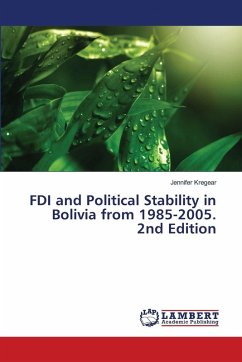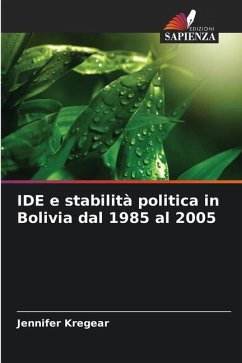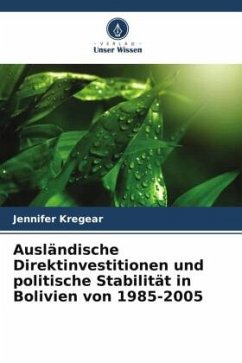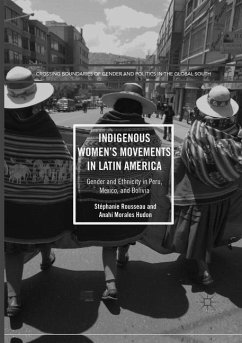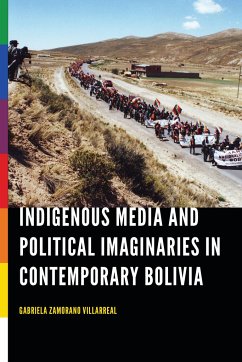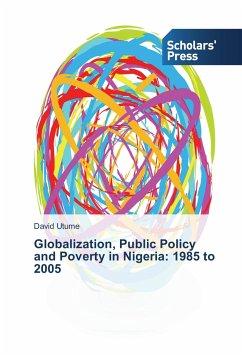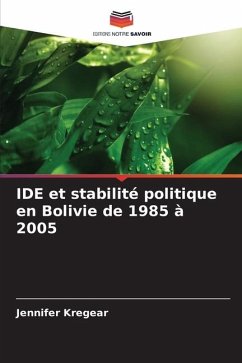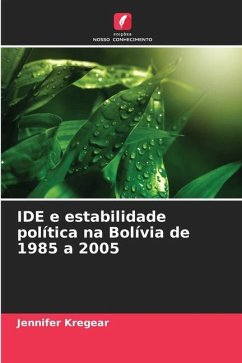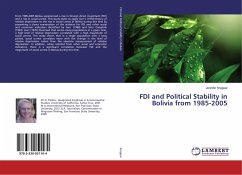
FDI and Political Stability in Bolivia from 1985-2005
Versandkostenfrei!
Versandfertig in 6-10 Tagen
33,99 €
inkl. MwSt.

PAYBACK Punkte
17 °P sammeln!
From 1985-2005 Bolivia experienced a rise in foreign direct investment (FDI) and a rise in social unrest. This study seeks to apply Gurr's (1970) theory of relative deprivation to the rise in social unrest in Bolivia during this time by presenting a closer examination of the statistics for FDI and other social and economic indicators identified by Gurr (1968) and later Oseghale (1993). Gurr (1970) theorized that across many populations at a given time, a high level of relative deprivation correlated with a high magnitude of social unrest. This study shows that in a single population over a lon...
From 1985-2005 Bolivia experienced a rise in foreign direct investment (FDI) and a rise in social unrest. This study seeks to apply Gurr's (1970) theory of relative deprivation to the rise in social unrest in Bolivia during this time by presenting a closer examination of the statistics for FDI and other social and economic indicators identified by Gurr (1968) and later Oseghale (1993). Gurr (1970) theorized that across many populations at a given time, a high level of relative deprivation correlated with a high magnitude of social unrest. This study shows that in a single population over a long period, social unrest correlates more with the change in the level of relative deprivation rather than the absolute measurement of relative deprivation. In addition, when isolated from other social and economic indicators, there is a significant correlation between FDI and the magnitude of social unrest in Bolivia during this time.



